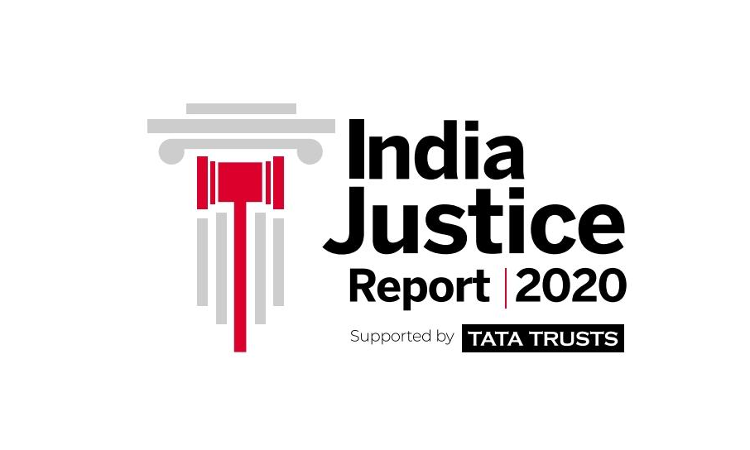The India Justice Report 2020 announced on Saturday has ranked Maharashtra at the top in terms of Justice delivery in India. The Report has tracked the the progress states have made in capacitating their justice delivery structures to effectively deliver services to all, and has taken account of the latest statistics and situations as they existed prior to March 2020. It has brought...

